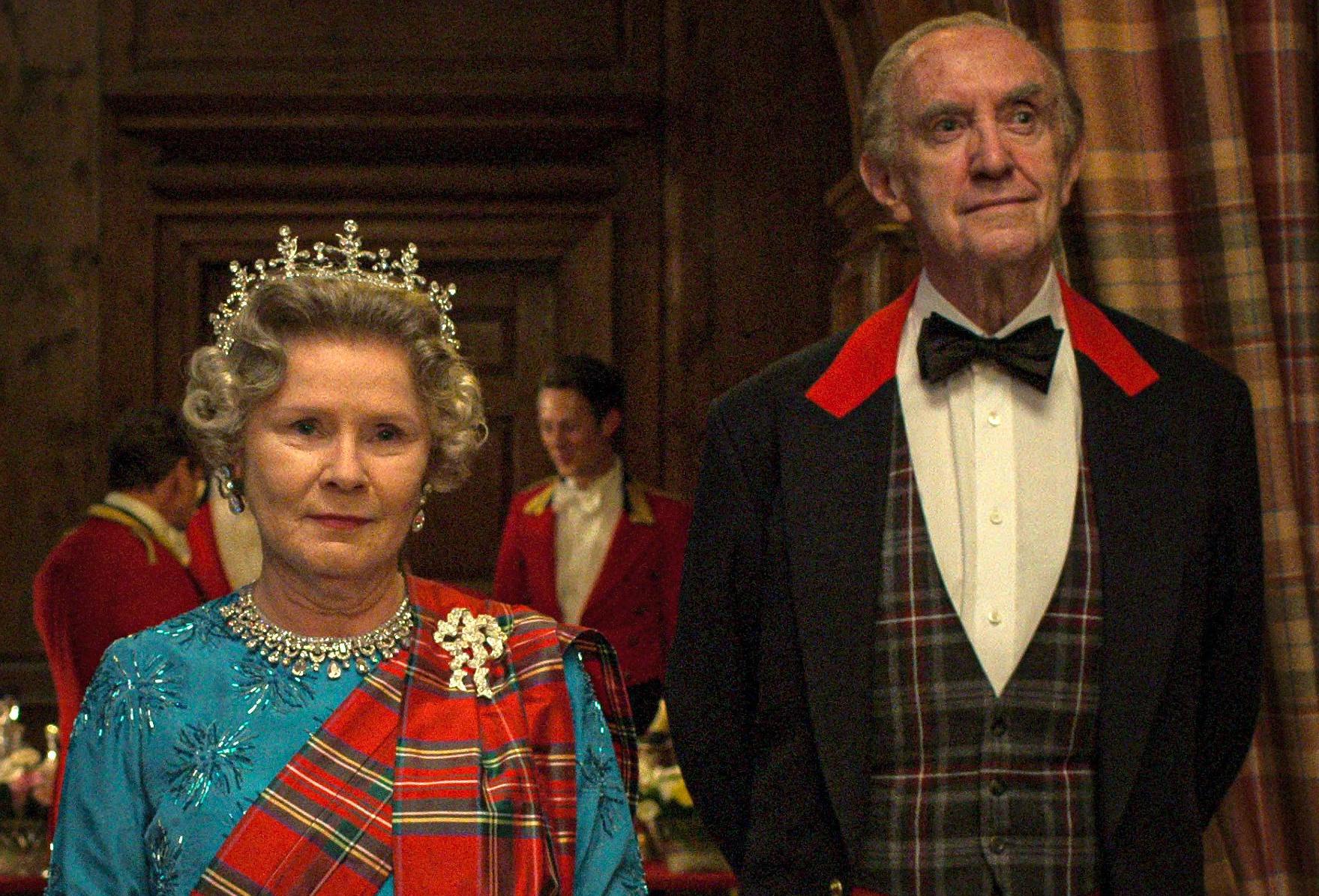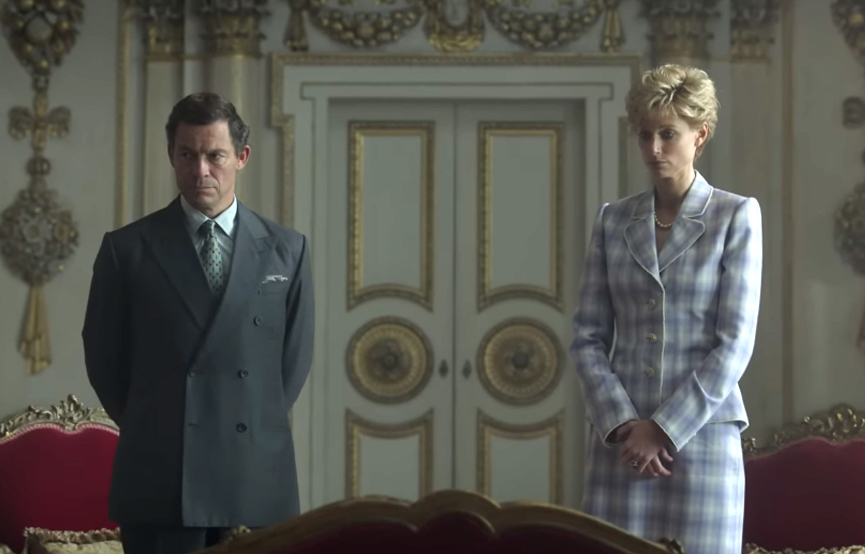If you’re past halfway through season 5 of The Crown, you’re probably very interested in a few notable moments from the British royals history that come up in the Netflix series. From Dodi Al Fayed and his family through to Princess Diana’s biographical tell-all, there is plenty happening this season to keep Wikipedia running. One such query? The meaning of ‘Queen Victoria Syndrome’, something mentioned repeatedly by Prince Charles and Queen Elizabeth II.
What Does ‘Queen Victoria Syndrome’ Mean?

If you try Googling “Queen Victoria Syndrome”, you’re more likely to come across a guide to hemophilia in the European royal bloodlines. But the actual meaning of the term, as used in The Crown, is not to do with an actual disease but with an issue of leadership.
Queen Victoria ruled Britain for a very long time – 1837 to 1901, to be exact. That’s 63 years on the throne, and while she was a well-loved queen for most of her reign, known as calm and for her strong stance on morality and family values, she was also in power for so long that she naturally became a bit out-of-touch with the wider populace.
In The Crown, Queen Victoria Syndrome is applied to Queen Elizabeth II, who by the early ’90s had reigned for 40 years. The ’80s and ’90s were periods of great social shifts, and the concern was that Elizabeth wasn’t progressing the monarchy in the same fashion.
How Did Queen Elizabeth II Feel About The Term?
The term ‘Queen Victoria Syndrome’ is introduced to Elizabeth via the press, after a poll is published in a The Sunday Times August 1991 edition that indicates the wider British public would like to see Queen Elizabeth II abdicate the throne so her successor, Prince Charles, could reign. The paper refers to Elizabeth as “old” and “out of touch”.
In the series, Queen Elizabeth II is visibly affected by the criticism, and although we don’t actually know how the Queen reacted privately in real life, we do know that in a speech made in 1992, she referred to the previous year as “annus horribilus”. This, of course, wasn’t just about public sentiment and its affect on her – her family had experienced several divorces and part of Windsor Castle had burnt down – but the shifting attitudes toward the royal family were definitely a large part of that year. In her speech, Elizabeth referenced the criticism, saying the monarchy shouldn’t be immune to it but it should be delivered with “a touch of humour, gentleness and understanding”.
Why Was ‘Queen Victoria Syndrome’ Used Toward Queen Elizabeth II?

Beyond Elizabeth’s lengthy reign and her age, another factor that influenced this change in sentiment toward the Queen was spending. In 1989, the Sunday Times Rich List saw the Queen land the top spot with 5.2 billion pounds as net worth. While this figure was an estimate and was disputed by the Palace, at the time the royal family did not pay taxes, and given there was a recession occurring and money was tight across the country, their wealth was placed under more scrutiny than usual.
In fact, just two days after her speech that referred to 1991 as “annus horribilus”, British prime minister John Major announced plans regarding reform to the royal finances. This included Queen Elizabeth II having to pay income tax from 1993 onwards.
The tension around the monarchy continued, but in a major 1997 ITV live debate called Monarchy: The Nation Decides, 2.5 million viewers voted on “do you want a monarch?” via phone. The results were favourable to the Crown – 66 per cent voted for a monarchy.
As we all know, in the end Queen Elizabeth II continued her reign until her passing this year. She held the throne for 70 years and 214 days, making her the longest reigning British monarch in history and the longest verified reigning female monarch in history.








